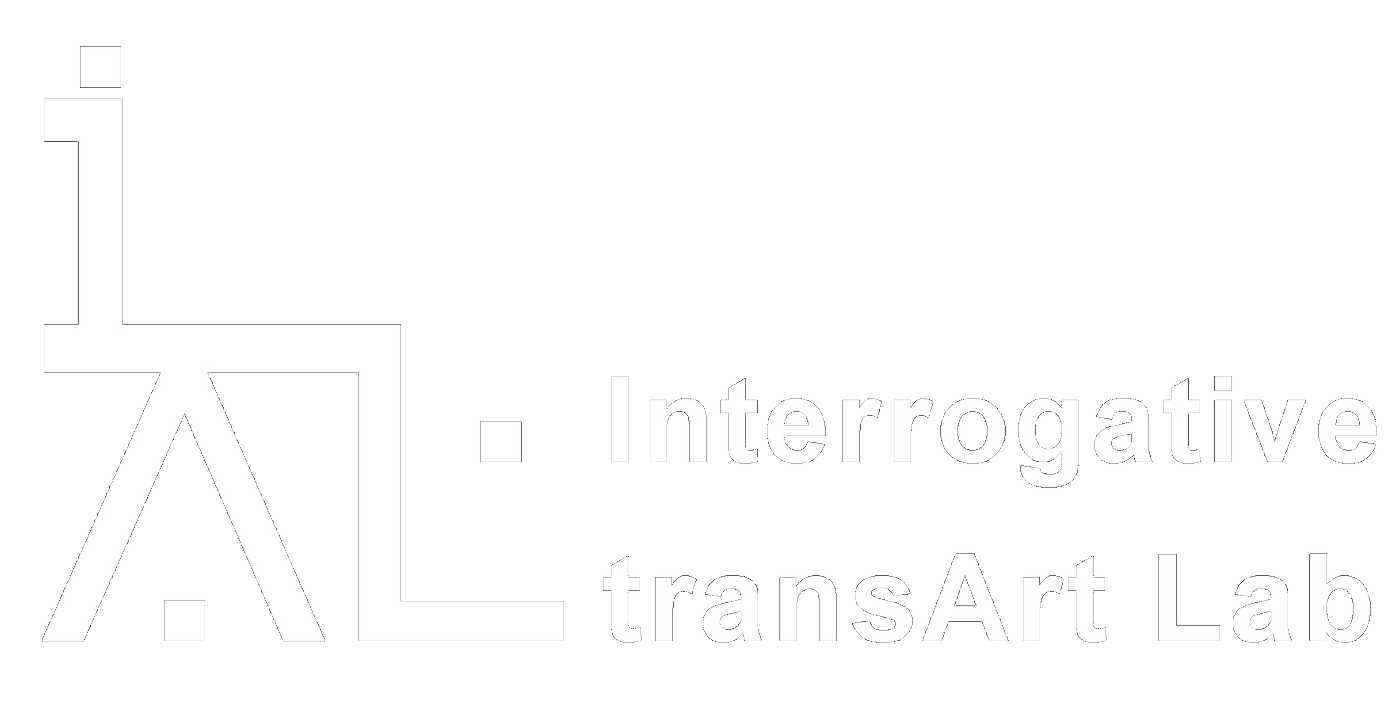2010
賴雯淑,『論安德烈‧塔可夫斯基的電影:《伊凡的少年時代》中的時間性』,「『洞』見:視
覺文化與美學」專書合輯,2011,書林出版社出版,pp.242-266
摘要
這一篇論文是研究蘇俄導演塔可夫斯基(Andrei Tarkovsky)在《伊凡的少年時代》( Ivan’s
Childhood, 1962 )這部電影中,如何以影像來呈現現象學中「世界時間」、「內在時間」與「
內在時間意識」這三個層次的時間性,並試圖在這個架構內,進行電影的分析和討論。第一、
論文首先介紹奧古斯丁(Augustine)、索科羅斯基(Robert Sokolowski)和里克爾(Paul Ricoeur)的
時間概念。第二、初步討論「電影的時間」和「時間的內在道德特質」兩者之間的辯證關係。
第三、發展「詮釋學迴圈」、「模仿的三要素」及「三重的現在」三者的關係。之後,再以先
前的討論與分析為基礎,分別從時間性、身分、影像和夢四個角度,來詮釋和建構這部電影的
多重象徵意義。
關鍵字: 塔可夫斯基,《伊凡的少年時代》,電影的時間,三個層次的時間性,模仿的三要素
,詮釋學迴圈,三重的現在
Abstract
This paper studies temporality in Andrei Tarkovsky’s film Ivan’s Childhood (1962), through the
cinematic imagery created by the film-maker. Within a framework of three levels of
temporality-“world time” , “internal time” and “the consciousness of internal time” , the main
discussion and analysis of this paper are placed. Firstly is presented an introduction of the time
theories of Augustinus, Sokolowski and Ricoeur. Secondly, the dialectic between cinematic time
and the moral qualities inherent in time itself are discussed. Thirdly, the relationship between
temporality, the hermeneutic circle, the three components of mimesis, and the threefold present
are developed. The above discussion and analysis serves as a foundation for interpreting and
constructing the symbolic meanings embedded in Ivan’s Childhood from the perspective of
temporality, identity, imagery, and dreams.
Keywords: Andrei Tarkovsky, Ivan’s Childhood, cinematic time, three levels of temporality, three
components of mimesis, hermeneutic circle, threefold present
